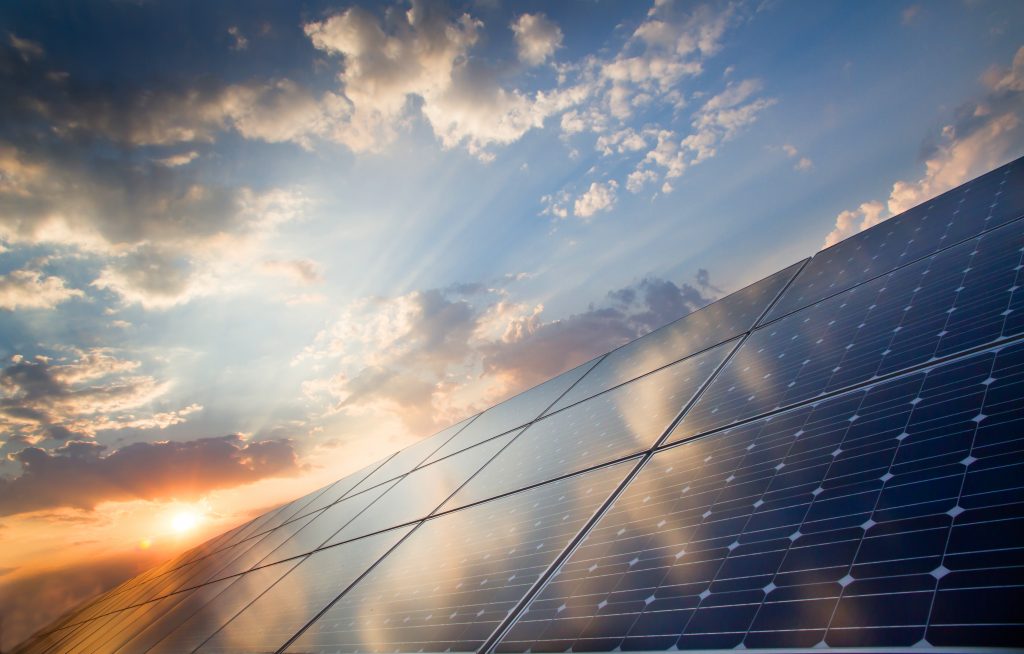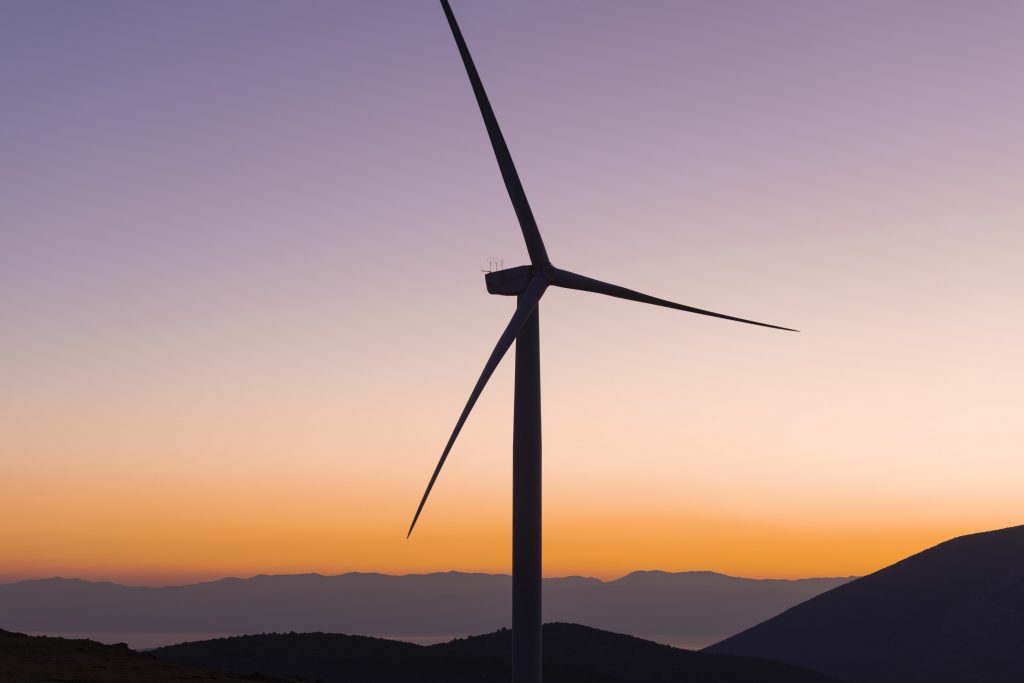Renewable energy sources: Ai Stratis Island becomes energy-autonomous
The “Democracy Museum” in Agios Efstratios, the first Greek public memorial landmark of a politically and socially devastating period in contemporary times, was the first stop of the President of the Republic during her visit to the inhabitants’ settlement last Easter.
The old school was used as a convalescent home during the years of political exiles’ deportation to Ai Stratis. In about two years, the building will be heated by district heating produced from clean energy.
With 85% of the energy deriving from wind turbines and photovoltaics, the wee Ai Stratis of about 250 inhabitants will be the first and only energy-autonomous island in Greece so far and one of the few in the entire Mediterranean. The project is carried out by TERNA ENERGY, which won the international tender, a project that started in 2011 when the Centre for Renewable Energy Sources (CRES) and Agios Efstratios municipality had signed an agreement for rendering the island green.
Ai Stratis inhabitants, who have already been entirely vaccinated thanks to the government’s vaccination programme for small islands and have totally eliminated all plastic packaging from the island, are now also leading energy transition, together with TERNA ENERGY.
Until today, the island’s electricity needs have been covered by the Local PPC Generation Station, consuming diesel oil in internal-combustion engines. Heating and hot water needs are covered on the one hand by electricity (air conditioners, electric water heaters) and on the other by consuming oil in central heating installations and heaters, or by burning firewood in wood stoves and fireplaces. No RES stations have been installed on the island so far.
The innovative project aspires to make the island, which is totally detached from neighbouring Lemnos energy-wise, completely autonomous with Renewable Energy Sources penetrating the electricity system at more than 85%. With high RES penetration in an independent electrical system, a large part of power generation gets lost. However, integrating district heating, not only untapped RES power generation is significantly reduced, but also a basic energy need is addressed, that of heating buildings and producing hot water for domestic use.
The “Hybrid system for the production of electricity and heat from RES on the island of Ag. Efstratios” project is of a 3,716,800 and 826,539 (including VAT) budget for constructing the hybrid system and operating and providing maintenance services for 12 years, respectively. Construction will take 25 months, and TERNA ENERGY will also operate and maintain the plant for twelve years.
The project includes the design, supply, installation and commissioning of a Hybrid Power Plant (HVS) for generating electricity from Renewable Energy Sources (RES) and a district heating system using RES.
The Hybrid Power Plant consists of a wind turbine, a photovoltaic station, storage accumulators (Well-known, American TESLA’s technology will be employed) and an Energy Management and Control System.

The district heating system will include the central units of heat production and storage (hot water tanks), the distribution network of thermal energy, the network, and consumers’ substations. Thermal energy produced will cover heating and hot water needs for all Agios Efstratios buildings.

The RES station, consisting of a 900 kW wind turbine and a 225 kW photovoltaic station, will be installed in a 35 acres area off the settlement and connected to the hybrid station’s medium voltage substation through an overhead power transmission line of approximately three kilometres.
The medium voltage substation, electricity storage accumulator station, thermal energy production and monitoring building and the hot water storage tanks will also be constructed off the settlement, in a 4-acre area.
The electricity storage accumulators will be of a 2.5MWh capacity. The thermal power plant will consist of electric boilers of a 1,000 kW capacity, a backup oil boiler of 800 kW power, as well as the circulating pumping stations of the district heating network and the internal circulation of the heat generation and storage station. Each of the four hot water storage tanks will be of a 125 cubic metres capacity.
Conventional power plants will only be used when distributional energy generated by the hybrid plant will not suffice to satisfy electricity demand on the island. Monitoring operation of the hybrid system in real-time will enable responding to the island’s electricity demand, monitoring fluctuation in Wind and PV production and demand by storage units, effective control of the district heating systems’ load for maximum utilisation of the surplus RES production and lastly, issuing necessary orders for limiting the output power of RES units.
In layman’s terms, real-time monitoring observes how much clean electricity is produced in a day by the sun and in a windy day and night by the wind; how much energy inhabitants need to cover their daily needs, how much is required to charge the accumulators and how much is left to be fed in the form of hot water to the district heating system. Therefore loss of generated energy is minimised.
Buildings featuring a central heating system (radiators) and corresponding internal infrastructure are the prospective consumers of district heating. Provision has been made in the design for any interventions in the existing network to be fully reversible should needed. At any time, the island’s electrical system and individual retail systems will be able to return to their current state through simple commands and handlings.
The project is the main action of the Project under the title “Supporting Policies and Meeting Future Needs – A Green Island”, included in the 2014-2020 NSRF and is funded by the European Regional Development Fund and the Public Investment Programme.